5 Essential Tools for a Successful QA Process in Your Startup
Blog: The Process Street Blog

Alex Zubkov is a technical writer at LITSLINK from Dnipro. Alex has 15 years experience in sales, marketing, and product promotion for both local and international markets. He’s also a techno geek and amateur photographer with a love of gadgets and the Arsenal FC.
Quality assurance (QA) is an essential stage of any software development cycle. It helps developers catch the lingering bugs and inconsistencies in the product’s functionality before you deliver it to your customers.
According to Statista, companies spent 35% of their financial resources on software testing in 2015. In 2019, this figure went down to just below a quarter of the company’s budget, but it is still taxing in 2020 to balance financial expenditure and product performance.
A sophisticated QA process can cut costs by reducing the number of errors that need fixing and, subsequently, the amount of iterative testing required. It can also improve the reliability of the testing process, further reducing expenses, which is crucial for startups and low-budget, middle-size enterprises.
In this article, we’ll briefly run through the key stages of the QA process:
- Key stages of the QA process
- What tools should you use?
- The role of QA processes in your startup growth
Key stages of the QA process
If you don’t have a dedicated quality assurance team, it will be challenging to establish one from scratch. In this case, it might be good for you to delegate this task to professionals. Outsourcing the QA process is incredibly effective in cutting down the expenses; it’s usually more costly to fix the problems than to pay a third-party provider.
Overall, the quality assurance process consists of several steps, from determining your needs to analyzing the results. Since QA is an iterative process, it will need to be tested several times to ensure any new fixes or added features don’t break existing functionality.
After testing your processes thoroughly, it’s important to document the steps and procedures you used so you can ensure best practices are executed again and again. Process documentation increases efficiency, productivity, and consistency, not to mention minimizes human error.
Conduct an assessment
The process of quality control often takes place before the software even exists.
QA professionals are involved in checking the documentation and requirements for the final product to ensure they are clear, consistent, and testable.
This preliminary practice can help businesses significantly reduce their expenses, as fixing errors during the testing stage is up to 15 times more costly than during the design and development stages.
Define your testing goals
At this stage, you should identify the areas and functionalities that your testing will focus on. Normally, QA specialists review the documentation for the software and draft a plan indicating the scope of the testing and what elements will be under examination.
Generally, it is necessary to test your software for:
- Consistency;
- Performance accuracy;
- Stability;
- Clarity;
- Completeness;
- Executability.
Your specific testing needs will depend on your product, how you’ll distribute it, your target audience, and your software support plan post-launch.
Create a testing strategy
A testing strategy is one part of the more comprehensive testing plan that you will also need to develop at this stage.
The testing plan provides a clear overview of your budget, deadlines for testing, types of testing needed, bug handling procedures, and team member responsibilities. The testing strategy is the point at which you’ll design your test cases and checklists covering your software’s functionalities and purposes.
To create test cases, you need to take several factors into account:
- Outline the data you will subject to testing. Make sure to specify testing conditions, scope, purpose, and targets of each test case.
- Identify the steps needed to execute each case. Each functionality will require a different set of test cases, so it’s crucial to consider each feature individually as well as in the context of the whole. Explore and interact with the software to experience it from a user’s perspective.
- Set up an appropriate test environment. This environment should closely resemble what you will encounter in production, including databases, network configurations, operating systems, and various other software and hardware characteristics.
- Consider automating parts of your testing process. Test automation can help reduce time spent conducting QA, costs, and human error.
Test case execution
Once your testing strategy is in place, and the environment is ready, it’s time to start executing your test cases.
The first stage of this process takes place at the unit level. During unit testing, QA specialists or developers check isolated pieces of code and functionality to verify all components of the software work as expected.
A “unit” is a single method, function, procedure, object, or module. This type of testing is called “white-box testing,” which means that the software’s code, infrastructure, and hidden working mechanisms are visible to the QA team and should be used to make the assessment.
Unit tests can be automated to limit human error and increase the efficiency of the process. This type of testing verifies the validity of each feature’s performance, but it does not consider how everything within the program interacts.
To make sure there are no bugs on the larger scope, you need to perform integration testing. Test cases during this phase should evaluate the software’s performance overall. Individual modules and features are no longer regarded in isolation; your team will consider them as a group.
Integration testing is essential to ensure that all components in your application work according to the requirements and specifications.
QA specialists also include test cases to check elements such as API interactions and UI design. They also prepare validation cases to check the software’s performance after the launch and determine whether it functions properly during the program’s whole lifecycle.
Find bugs and defects
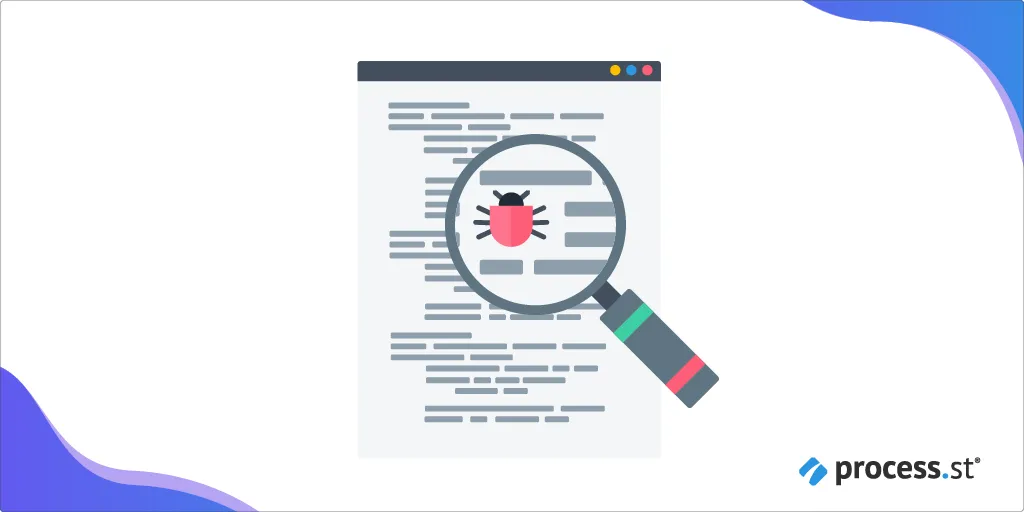 Executing the test cases may reveal bugs and inconsistencies that need fixing. In order to process them efficiently and accurately, you need to establish a system to track these defects.
Executing the test cases may reveal bugs and inconsistencies that need fixing. In order to process them efficiently and accurately, you need to establish a system to track these defects.
Keep track of all errors and update your logs when a bug is fixed. This will enable you to pinpoint the issue if another feature breaks down after the fix is implemented.
An additional benefit of a bug-tracking system is the ability to further automate the process. With this infrastructure in place, you can use specialized software (such as Selenium or Appium) to generate automatic test reports and execute specific scripts, reducing the need to check something manually multiple times.
Results analysis
Once the testing results are obtained and the bugs are fixed, QA specialists run the same test cases again to check whether the issues have been successfully resolved.
The QA process is regressive, meaning that the majority of tests are carried out more than once. Always implement regression testing into your QA process to eliminate the possibility of one fix interfering with the normal functioning of other features. It is also important to recheck your program using the integration testing approach, as bug fixes sometimes change the behavior of various functionalities instead of simply breaking them.
Once you get to the deployment stage, the QA team designs and carries out the tests in accordance with the release documentation issued by the development team. The documentation contains the description of all implemented functionalities, all the conducted fixes, and software limitations. This stage is known as smoke testing. The test case sets during smoke testing aim to ensure that the final build is functional, stable, and ready for launch.
What tools should you use for QA testing?
Performing all QA procedures manually is not only time consuming, but vastly ineffective and highly expensive. You should strive to automate test case execution and report generation whenever possible.
Several tools discussed below represent the best available solutions to automate your QA process, maintain it, and benefit from it.
Process Street
Process Street is a piece of software for effective, recurring workflow management.
In quality assurance, the overall process is similar for each new application you release, but the complexity of testing doesn’t diminish. QA still requires the collaboration of several departments, and conducting this process without capable management software can lead to errors and resource waste.
Process Street uses super-powered checklists to make the workflow dynamic and effective by letting you create QA process templates and integrate them with other apps you use.
The main features of Process Street include:
- Stop tasks

- Conditional logic

- Dynamic due dates

- Task permissions

- Task assignments

- Role assignments

- Embed widget

- Webhooks

- Approvals

- And much, much more!

Bugzilla
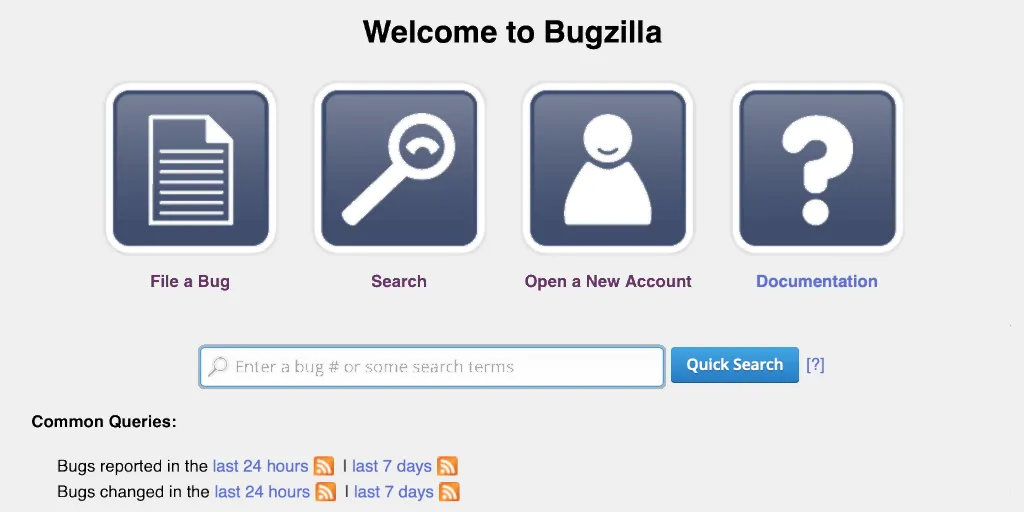
Bugzilla is a system to keep track of all the bugs and defects. It is one of the best tools of its kind on the market, and it enables both individual and collaborative work on a project.
Bugzilla is also open-source and free, which makes it perfect for startups and large businesses alike.
The main features of Bugzilla include:
- Search system to find bugs quickly;
- Drop-down lists and auto-complete to simplify searches;
- Query tool that memorizes each user’s searches;
- Email notifications about any changes;
- Automatic reporting according to query and date;
- Automatic duplicate bug detection.
Selenium
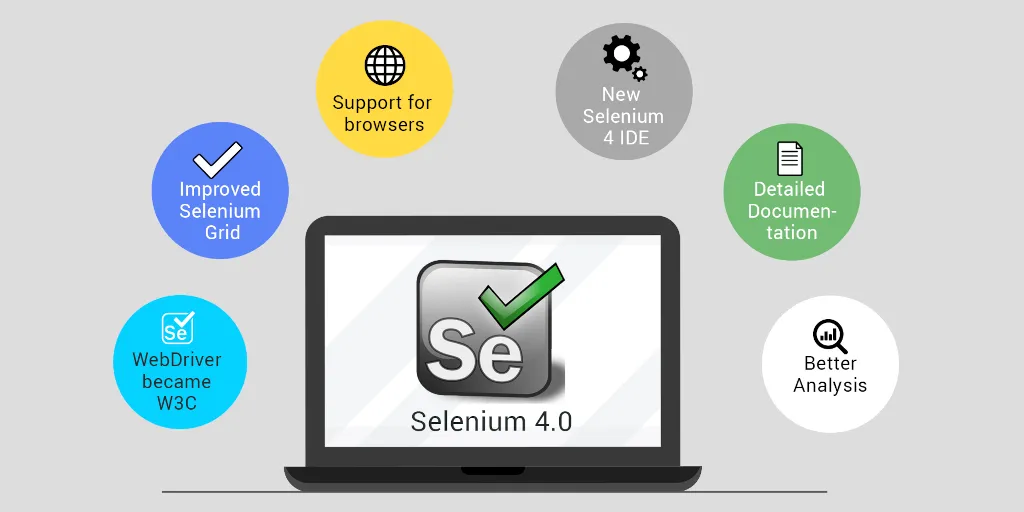
Selenium is one of the most popular tools to automate your testing procedures. It supports a wide variety of platforms and can automate web application testing on Linux, Mac, and Windows. Selenium is also an excellent tool to test your software’s compatibility with various browsers.
The main features of Selenium include:
- Ability to set up parallel test execution;
- Available languages include: C#, Python, Java, PHP, JavaScript, Perl, Ruby, Groovy, and others;
- Low demand on resources required for functioning;
- Ability to create cross-platform test cases applicable on all operating systems.
TestComplete
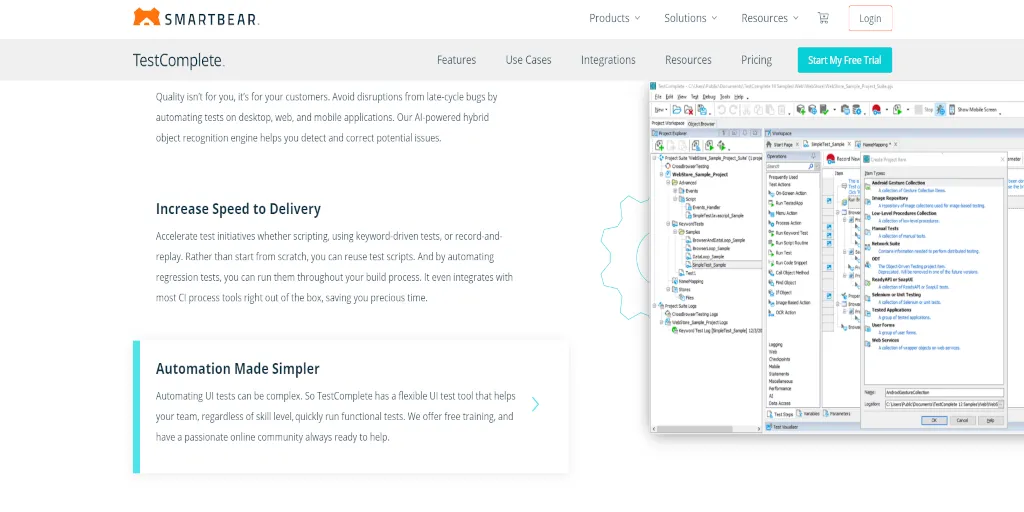
TestComplete is another tool for automated test management. You can use it to reduce testing costs and increase the efficiency of the process. TestComplete is known for its intuitive interface that allows any QA team to start using it in no time.
The main features of TestComplete include:
- it enables and supports data-driven testing;
- the ability to construct a highly effective automated test suite with little to no scripting knowledge;
- the support for multiple scripting languages;
- the ability to create and customize specific plugins and extensions to your needs.
Ranorex
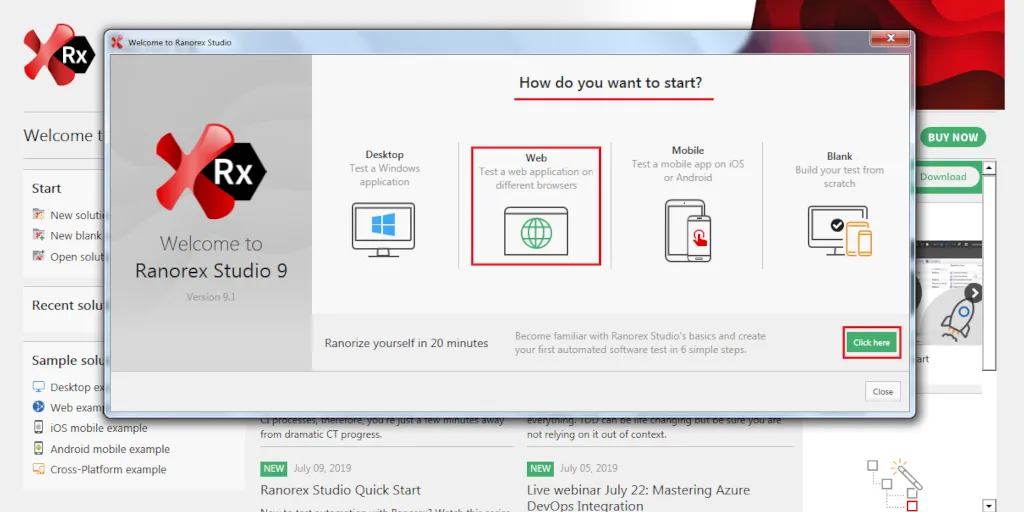
Ranorex is a platform for test automation that lets you create and run your scripts. This tool features a click-and-drag interface that doesn’t require any coding knowledge, so it is incredibly beginner-friendly.
At the same time, Ranorex offers a fully functional integrated development environment (IDE) for experienced developers and QA specialists. You can use Ranorex together with other software for defect-tracking, source control, and many more aspects of test automation management.
The main features of Ranorex include:
- Graphical user interface (GUI) object recognition;
- Dynamic web elements identification;
- Page object mapping;
- Automatic timeout handling;
- Reusable code modules and a shareable object repository;
- Cross-platform testing;
- Ability to automate testing for legacy applications;
- Auto report generation;
- Parallel test runs.
The role of QA processes in your startup growth
Software companies regularly incur significant losses due to not investing in QA and, consequently, being forced to fix issues in production. A well-established QA process optimizes your company’s expenses and ensures that your customers get a stable and functional product.
Setting up a new QA team can be time-consuming and costly at first, but over time, QA processes will ultimately result in more efficient production and resource management. If you have the budget, it can be worthwhile to invest in a QA specialist to springboard your program into action.
If you choose to create your team yourself, these steps and the software mentioned will help you enhance and automate the testing process.
Check out these templates to get you started with process automation:
Further reading:
- 7 Software Development Processes to Engineer Your Succes
- Where to Start With Agile Software Development
- How to Improve Your Software Development Culture and Product Quality
- Best QMS Software for Quality Management Systems: Which is Right for You?
Do you have experience setting up QA processes in your software company? Did you outsource the process, or build your own? Tell us what worked and what didn’t!
